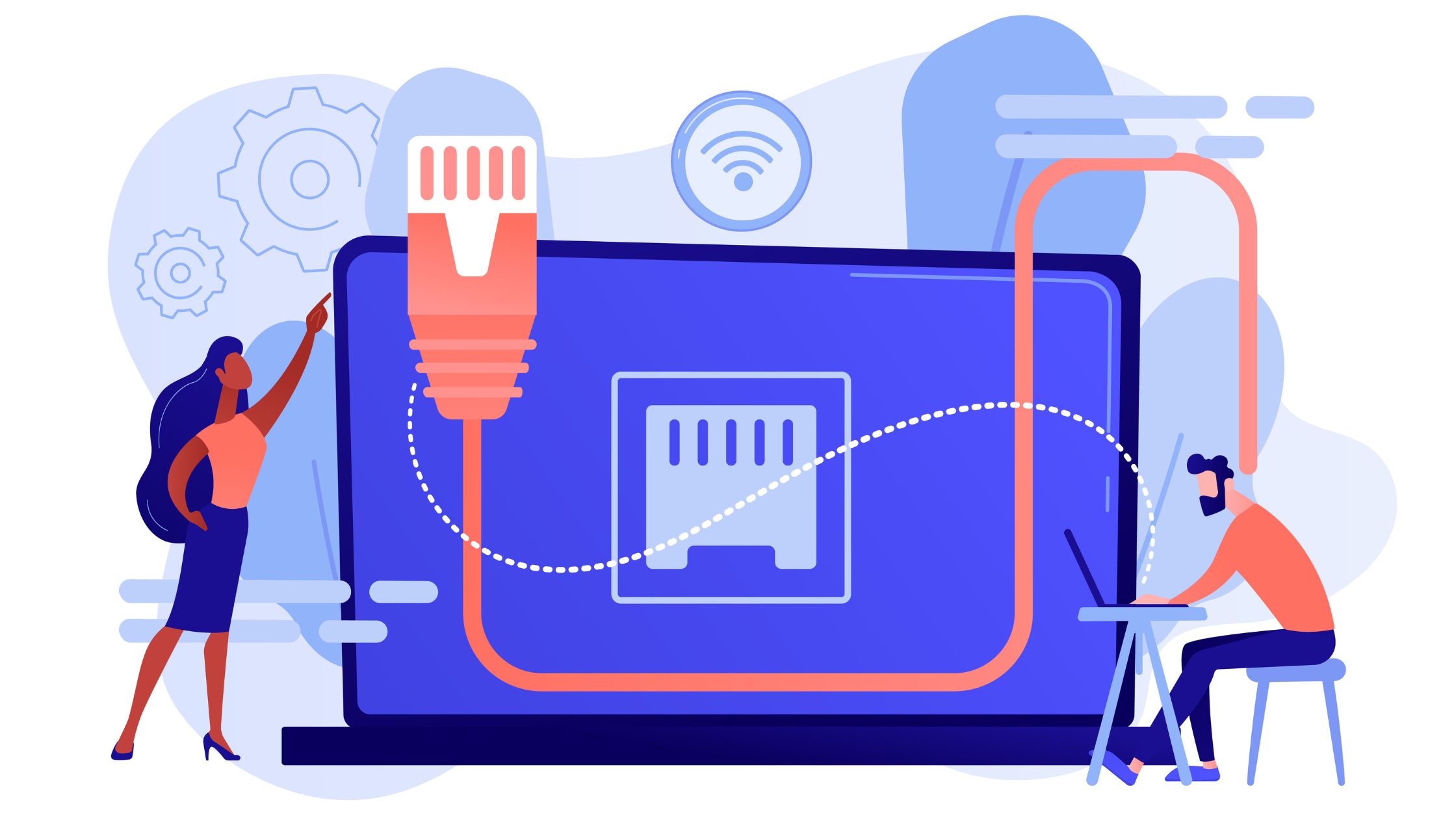
In today’s digital age, instant communication is crucial for a seamless user experience. Whether you’re building a chat application, a live sports score update service, or a collaborative tool, real-time communication can significantly enhance your application’s functionality. One of the most effective ways to achieve real-time communication is by using WebSockets. This blog will introduce you to WebSockets and guide you through implementing them to meet your client communication needs.
What Are WebSockets?
WebSockets are a protocol that provides full-duplex communication channels over a single TCP connection. Unlike traditional HTTP requests, which are one-way and require the client to constantly poll the server for updates, WebSockets allow for two-way communication. This means both the client and the server can send and receive messages in real time.
Why Use WebSockets For Client Communication?
- Efficiency: WebSockets reduce the need for constant polling, which saves bandwidth and reduces server load.
- Speed: Real-time data transfer ensures that clients receive updates instantly.
- Simplicity: WebSockets simplify the implementation of real-time features like live chat, notifications, and collaborative editing.
Real-Time Examples Using WebSockets
WebSockets are used in a variety of real-time applications to enhance user experience and provide instant updates. Here are a few examples:
- Chat Applications: Services like WhatsApp, Slack, and Facebook Messenger rely on WebSockets to deliver real-time messages between users. This ensures that messages are sent and received instantly, providing a smooth chatting experience.
- Live Sports Updates: Websites like ESPN and sports betting platforms use WebSockets to provide live scores and updates. This allows users to receive real-time information about ongoing matches without refreshing the page.
- Collaborative Tools: Applications like Google Docs and Trello use WebSockets to enable real-time collaboration. Multiple users can edit documents or manage tasks simultaneously, with changes appearing instantly for all users.
- Online Gaming: Multiplayer online games use WebSockets to facilitate real-time interaction between players. This ensures that actions taken by one player are instantly reflected in the game for other players.
- Financial Trading Platforms: Stock trading applications use WebSockets to deliver real-time market data and updates. Traders receive instantaneous updates on stock prices, helping them make timely decisions.
Are Websockets Similar To UDP?
While WebSockets and UDP (User Datagram Protocol) both enable real-time communication, they are fundamentally different in their design, use cases, and how they handle data transmission. Here’s a comparison to help you understand their similarities and differences:
- Reliability: WebSockets (via TCP) ensure reliable, ordered delivery, while UDP does not guarantee delivery or order.
- Connection: WebSockets require an initial handshake and maintain a persistent connection, whereas UDP is connectionless and stateless.
- Speed and Latency: UDP is generally faster and has lower latency due to its lightweight, connectionless nature, making it suitable for time-sensitive applications like live streaming and gaming.
- Use Cases: WebSockets are ideal for applications needing reliable, real-time communication, whereas UDP is suited for applications where speed and low latency are critical, and occasional packet loss is acceptable.
In summary, WebSockets and UDP serve different purposes and are chosen based on the specific requirements of the application, such as the need for reliability versus low latency.
Getting Started With WebSockets
To demonstrate how to implement WebSockets, we’ll create a simple real-time chat application using JavaScript and Node.js.
Step 1: Set Up Your Project
First, create a new directory for your project and initialize a Node.js project:
mkdir websocket-chat
cd websocket-chat
npm init -yStep 2: Install Required Packages
Next, install the necessary packages. We’ll use ws, a popular WebSocket library for Node.js, and express to serve our static files.
npm install express wsStep 3: Create The Server
Create a file named server.js and add the following code:
const express = require('express');
const http = require('http');
const WebSocket = require('ws');
const app = express();
const server = http.createServer(app);
const wss = new WebSocket.Server({ server });
app.use(express.static('public'));
wss.on('connection', (ws) => {
console.log('New client connected');
ws.on('message', (message) => {
console.log(`Received: ${message}`);
// Broadcast the message to all clients
wss.clients.forEach((client) => {
if (client !== ws && client.readyState === WebSocket.OPEN) {
client.send(message);
}
});
});
ws.on('close', () => {
console.log('Client disconnected');
});
});
server.listen(3000, () => {
console.log('Server is listening on port 3000');
});This code sets up an Express server and a WebSocket server. When a new client connects, the server listens for messages and broadcasts them to all connected clients.
Step 4: Create The Client
Create a directory named public and a file named index.html inside it. Add the following HTML and JavaScript code:
<!DOCTYPE html>
<html lang="en">
<head>
<meta charset="UTF-8">
<title>WebSocket Chat</title>
<style>
#messages {
list-style-type: none;
padding: 0;
}
#messages li {
padding: 8px;
margin-bottom: 5px;
background-color: #f1f1f1;
border-radius: 4px;
}
</style>
</head>
<body>
<ul id="messages"></ul>
<input id="messageInput" type="text" placeholder="Type a message..." autofocus autocomplete="off">
<button id="sendButton">Send</button>
<script>
const messages = document.getElementById('messages');
const messageInput = document.getElementById('messageInput');
const sendButton = document.getElementById('sendButton');
const ws = new WebSocket('ws://localhost:3000');
ws.onmessage = (event) => {
const li = document.createElement('li');
li.textContent = event.data;
messages.appendChild(li);
};
sendButton.addEventListener('click', () => {
const message = messageInput.value;
ws.send(message);
messageInput.value = '';
});
messageInput.addEventListener('keypress', (event) => {
if (event.key === 'Enter') {
sendButton.click();
}
});
</script>
</body>
</html>This code sets up a simple chat interface. When a user sends a message, it is sent to the server via WebSocket and then broadcast to all connected clients.
Step 5: Run Your Application
Start your server by running:
node server.jsOpen your browser and navigate to http://localhost:3000. You should see your chat interface. Open multiple tabs or browsers and see how messages are instantly shared across all clients.
Conclusion
Implementing WebSockets for client communication can greatly enhance the real-time capabilities of your application. With just a few lines of code, you can set up a full-duplex communication channel between the server and clients, providing a seamless and efficient user experience. WebSockets are ideal for applications that require instant updates, such as chat apps, live notifications, and collaborative tools. Start experimenting with WebSockets today and take your client communication to the next level!
Enhance your real-time communication with WebSockets. From instant messaging to live updates, we ensure your system delivers seamless and efficient client communication. Ready to boost your application’s performance? Implement WebSockets today and elevate your user experience with confidence. Partner with AlgoRythm Solutions and grow your business with confidence.


